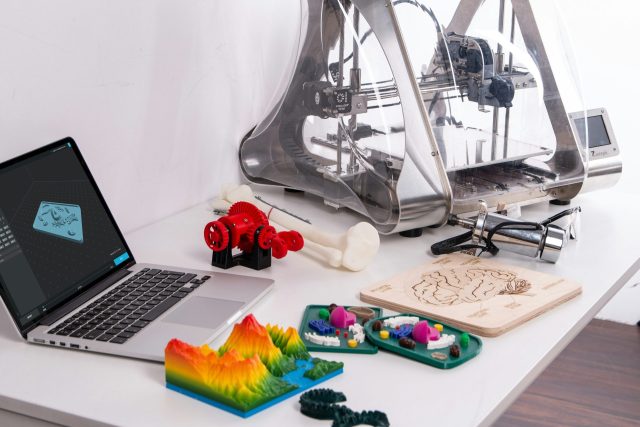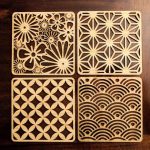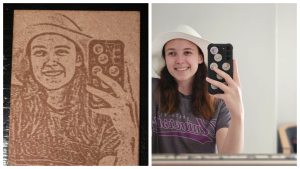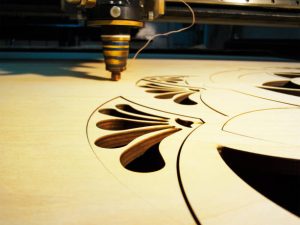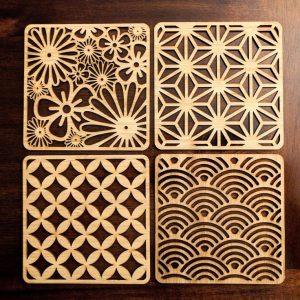
Cutting-Edge Precision: Exploring Modern-Day Laser Cutting
In today’s rapidly advancing technological landscape, precision and efficiency are paramount. One technology that has truly revolutionized precision cutting in various industries is laser cutting. From automotive manufacturing to delicate artistic creations, laser cutting has become an indispensable tool for achieving intricate designs with unmatched accuracy.
The Evolution of Laser Cutting
Laser cutting has come a long way since its inception. Initially developed in the 1960s, it was primarily used for industrial applications such as aerospace and electronics manufacturing. However, with advancements in laser technology and the development of more versatile systems, laser cutting has expanded its reach into diverse sectors.
How Laser Cutting Works
At its core, laser cutting utilizes a concentrated beam of light energy to precisely cut through materials. The process begins with computer-aided design (CAD) software, where the desired pattern or design is created. This digital blueprint is then fed into the laser cutting machine, which uses mirrors to direct the laser beam onto the material’s surface.
The intense heat generated by the laser beam vaporizes, burns, or melts the material along the designated cutting path, resulting in a clean and precise cut. The versatility of laser cutting allows it to be used on a wide range of materials, including metal, wood, plastics, glass, and even fabrics.
Applications Across Industries
Manufacturing and Engineering:
In industries such as automotive, aerospace, and electronics, laser cutting is instrumental in producing intricate components with tight tolerances. Its ability to cut through various metals with minimal heat-affected zones makes it ideal for fabricating parts with complex geometries.
Art and Design:
Laser cutting has also found its place in the world of art and design. Artists and designers leverage its precision and versatility to create intricate sculptures, signage, architectural models, and personalized products. The ability to cut, engrave, and etch with precision opens up endless creative possibilities.
Prototyping and Rapid Manufacturing:
In product development and prototyping, laser cutting accelerates the iterative process by quickly producing prototypes and small-batch production runs. This rapid turnaround time allows designers and engineers to test and refine their designs more efficiently, ultimately reducing time-to-market.
Advantages of Modern Laser Cutting
- Precision and Accuracy: Laser cutting offers unparalleled precision, enabling intricate designs and tight tolerances to be achieved with consistency.
- Versatility: From thin materials to thick metals, laser cutting can handle a wide range of materials and thicknesses, making it a versatile solution for various applications.
- Speed and Efficiency: With high cutting speeds and minimal setup time, laser cutting maximizes productivity and throughput, making it ideal for large-scale manufacturing.
- Minimal Material Waste: The focused laser beam results in narrow kerf widths, minimizing material wastage and optimizing material utilization.
- Automation and Integration: Modern laser cutting systems often feature advanced automation capabilities, seamlessly integrating with other manufacturing processes for enhanced efficiency and productivity.
Future Trends and Innovations
Looking ahead, the future of laser cutting holds exciting possibilities. Advancements in laser technology, such as the development of ultrafast lasers and fiber lasers, promise even greater precision, speed, and versatility. Additionally, the integration of artificial intelligence and machine learning algorithms into laser cutting systems is poised to further optimize process parameters and enhance productivity.
In conclusion, modern-day laser cutting has revolutionized precision cutting across industries, offering unmatched accuracy, versatility, and efficiency. As technology continues to evolve, laser cutting will undoubtedly remain at the forefront of manufacturing and design, shaping the way we create and innovate in the years to come.

